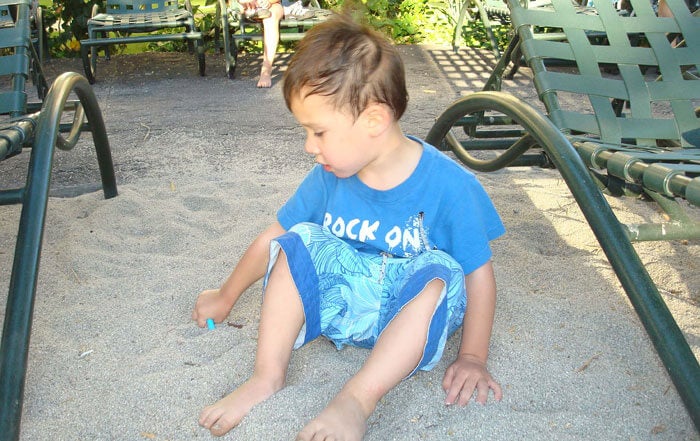First — take a deep breath and take the time to gather your thoughts on what you need to do. You have to appear calm, even if your mind is running a thousand miles an hour. What am I going to do with the children all day? How do I get supplies in the house? What if someone gets sick? What if I get sick? What about my work? And what if things fall apart at home?
(While I state child and children in this article, it is intended for children of all ages, even adults, in all the circumstances that are being disrupted at this time.)
Breathe in to a count of 6 — pause — exhale to a count of 6.
What am I going to do with the children all day?
The same thing you do every other day, except, at least initially, it will be more like a weekend day. Some of the strategies you use when you go on vacation can used here. Trust me, I know this is not a vacation.
I know this assumes you are or can stay home with your children. That part is covered later.
- Take care of yourself first.
- If you can, get up before your children to collect your thoughts and plan your day.
- Be calm; let everyone know that things are going to be okay. If you’re anxious, your children will be anxious.
- Be careful how much the children see on television and social media.
- Know the symptoms of COVID-19.
- Eat well, exercise, and get (plenty of) sleep.
Talk to your children. Explain what is happening in terms your children can understand.
There is a sickness going around and the schools want you to stay home so you don’t get sick.
Keep it short and simple.
Things might be a little different around here and I am going to need your help. We will do a little work and have a little fun throughout the day.
Here is a social story you might find helpful.
And here are more ideas from the National Association of School Psychologists.
Create a schedule, with input from your children if you can. Make it visual. As much as you can, keep the same morning schedule you use for school or work, so that some things are familiar to the person with FXS. Use the schedule to develop a daily routine as much as possible.
Try to incorporate sensory activities throughout the day. Just because your children are home from school does not mean they cannot go outside. Get them moving. Think: heavy work, pushing and pulling, swinging, and rocking.
A sensory diet consists of activities used to attain and maintain appropriate arousal states throughout the day. Here is a link to information on a sensory diet; if possible, email and work with your child’s occupational therapist:
Use this time to teach a new skill — you can incorporate math and reading into most of these:
- Start with hygiene: Wash, wash, wash those hands, before/after eating, after going to the bathroom, after being outside; you get the idea. Even if no one is affected in your area, it is a good time to get into the routine now. Remember, you have to do it for 20 seconds — the ABC song, the Happy Birthday song. Practice coughing, sneezing, blowing nose into a tissue – then throw the tissue away. Who can make the most realistic sounding sneeze is a good contest. No more high fives or knuckles! Practice elbow bumps, toe waves, hand waves, head nods — who can come up with the most fun/creative way to say hi without touching each other.
- Laundry: Sorting, starting the washer/dryer, hang clothes on a (makeshift) clothesline, putting clothes away.
- Dishes: Emptying the dishwasher — or forget the dishwasher and wash the (unbreakable) dishes by hand.
- Cooking: Cooking simple items, like pretzels.
Be silly! Have fun!






